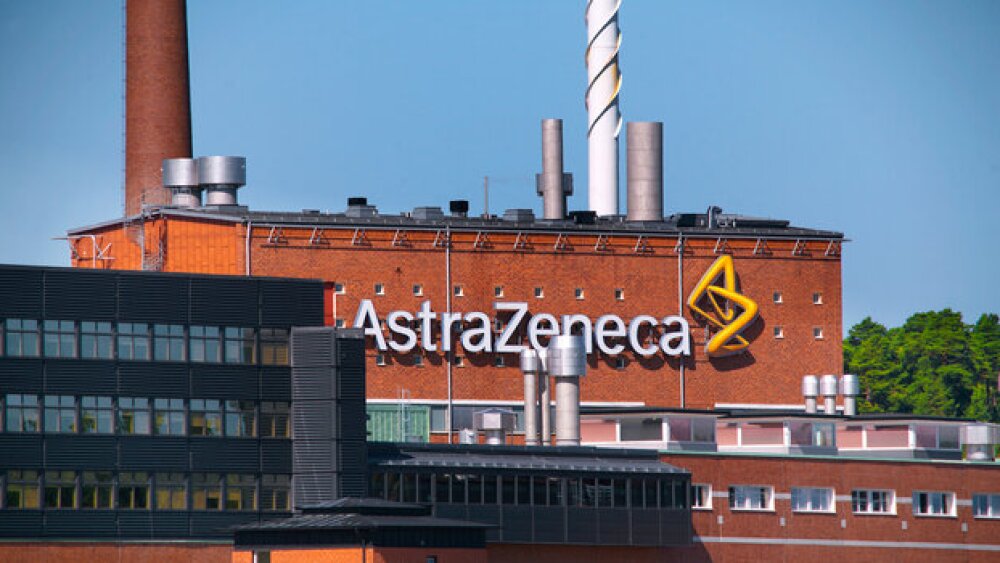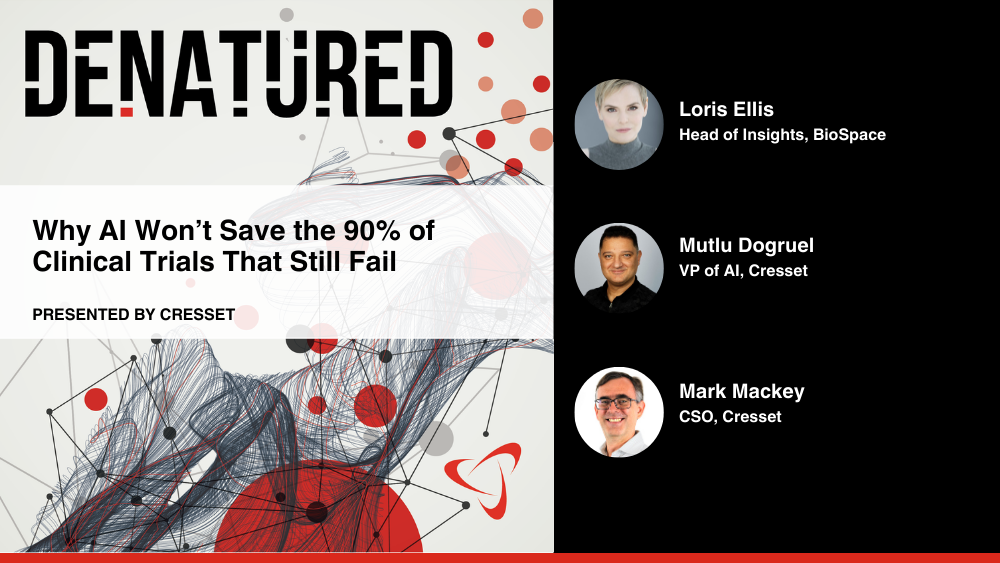At an unremarkable beige building in Cambridge, $24 million worth of DNA sequencing machines sit in a cooled room, churning out some 900 genomes per week.
These genomes, or the complete set of genes present in a cell or organism, will be used for a variety of projects at the Broad Institute, a leading biomedical and genomic research center.
The field of genomics is most famously associated with the Human Genome Project. When that project was completed in 2003, scientists finally discovered the DNA sequence that results in a functioning human being. But that was just the tip of the iceberg.




